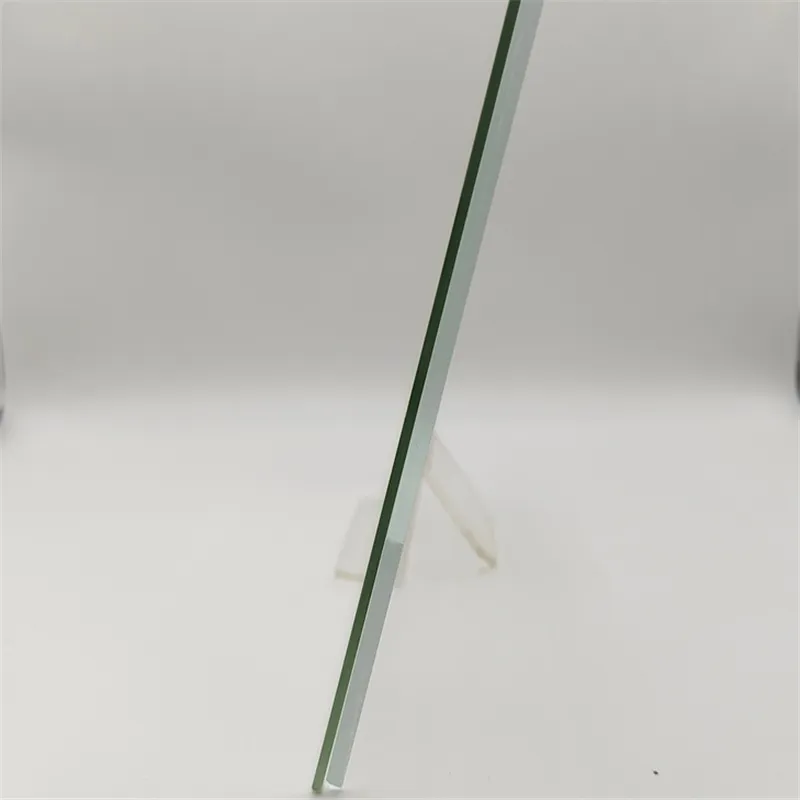Nov . 09, 2024 13:46 Back to list
Innovations in the Processes and Techniques of Tempered Glass Manufacturing
Tempered Glass Production A Comprehensive Overview
Tempered glass, also known as toughened glass, is a type of safety glass that has been treated by controlled thermal treatments to increase its strength and thermal resistance. It is widely used in various sectors, including construction, automotive, and appliances, due to its superior durability compared to regular glass. This article delves into the production process of tempered glass, its advantages, applications, and safety performance.
The Production Process
The manufacture of tempered glass involves several key steps, each critical to ensure optimal performance and safety. The process begins with the selection of high-quality raw glass sheets, usually made from silica sand, soda ash, and limestone. Once the desired thickness and dimensions are determined, the glass sheets are cut to size.
Following the cutting process, the glass undergoes a thorough cleaning and inspection. Any surface defects, such as scratches or impurities, are addressed as these could compromise the strength of the final product. After cleaning, the glass sheets are typically polished to enhance clarity and visual appeal.
The most crucial step in producing tempered glass is the heating and cooling process, referred to as tempering. The glass sheets are heated in a furnace to temperatures between 600°C to 700°C (about 1112°F to 1292°F). At this point, the glass becomes malleable, and the internal stresses are beginning to normalize.
Once the desired temperature is reached, the glass is subjected to rapid cooling, a process known as quenching. Cold air is blown over the surface, causing the exterior to cool down and solidify quickly. This rapid cooling creates compressive stresses on the surface while allowing tensile stresses to develop in the interior. As a result, tempered glass is up to five times stronger than untreated glass and is capable of withstanding thermal stress, impact, and pressure variations.
Advantages of Tempered Glass
The benefits of tempered glass are manifold. Firstly, its strength makes it an ideal choice for high-traffic areas and environments where safety is paramount. In the event of breakage, tempered glass shatters into small, blunt pieces, significantly reducing the risk of injury. This characteristic makes it a favored option in places such as shower doors, glass railings, and storefronts.
tempered glass production

Secondly, tempered glass has excellent thermal resistance. This allows it to endure significant temperature fluctuations without cracking or deforming, making it suitable for applications like oven doors and glass facades in commercial buildings.
Additionally, tempered glass is available in various finishes, tints, and coatings, which allows for aesthetic versatility in design. Its ability to block UV rays and its low maintenance requirements further add to its appeal among manufacturers, architects, and consumers.
Applications
Tempered glass is used in a wide range of applications. In the construction industry, it is commonly employed in facades, windows, and skylights, enhancing both safety and aesthetics. In the automotive sector, tempered glass is utilized for side and rear windows, providing protection to passengers and improving vehicle integrity.
In residential settings, tempered glass is frequently integrated into shower enclosures, tabletops, and glass doors. It is also used in commercial spaces, such as restaurants and retail stores, where reputation and customer safety are paramount.
Safety Performance
The safety performance of tempered glass has been recognized worldwide, and it meets various regulatory standards. These standards ensure that tempered glass performs reliably in terms of strength, thermal resistance, and safety during breakage. It is important for manufacturers to adhere to these standards, as they directly enhance consumer confidence in glass products.
Conclusion
In summary, tempered glass production is a sophisticated process that transforms ordinary glass into a robust and versatile material. With numerous applications across varied industries, its strength, thermal resistance, and safety features make it a preferred choice for both consumers and designers. As technology advances, the production techniques and applications of tempered glass will likely continue to evolve, further expanding its utility and importance in our daily lives.
-
Safety and Style with Premium Laminated Glass Solutions
NewsJun.24,2025
-
Reinvents Security with Premium Wired Glass
NewsJun.24,2025
-
Premium Float Glass Line for Modern Architecture
NewsJun.24,2025
-
Low Emissivity Glass for Energy-Efficient Architecture
NewsJun.24,2025
-
High-Performance Insulated Glass Solutions for Modern Architecture
NewsJun.24,2025
-
Elevates Interior Style with Premium Silver Mirror
NewsJun.24,2025
Related PRODUCTS














